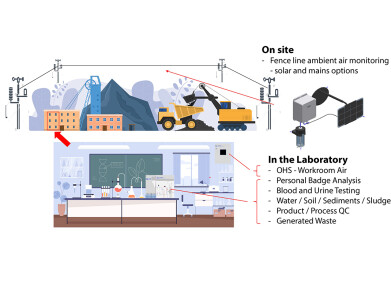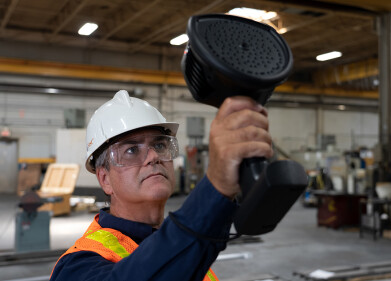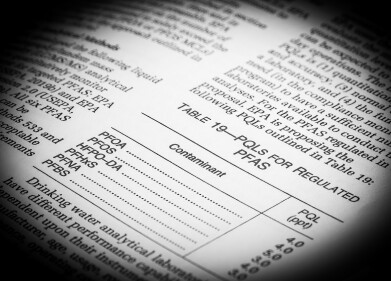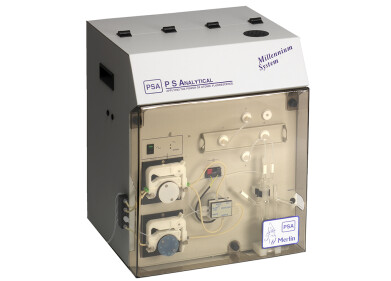Environmental laboratory
Determining the Fuel Value of Waste Materials
Oct 11 2012
Exeter Analytical (UK), in conjunction with a number of leading waste reclamation organisations, have developed a methodology for their Model 440 CHN Elemental Analyser enabling determination of the suitability of a waste material for use as a fuel in waste to energy plants.
With the volume of waste materials generated by industrialised nations growing year on year the search for an effective environmentally-friendly alternative to disposal in landfill sites is being actively sought. One solution being actively investigated by waste reclamation organisations is using the organic matter in waste as a fuel in waste to energy plants. However waste materials are typically inhomogeneous containing a wide range of components in addition to organic materials. Consequently the need for a rapid method to determine the energy content of waste materials has been much sought after.
Using an Exeter Analytical Model 440 Elemental Analyser the percentage Carbon, Hydrogen and Nitrogen in a waste sample, which relates directly to its energy content, can be accurately determined in as little as 6 minutes.
The Exeter Analytical Model 440 is a static combustion CHN Elemental Analyser, with a unique horizontal furnace design, which enables easy removal of sample residue between each waste material analysis. This is particularly important with waste materials that typically produce a considerable amount of uncombusted residue (metals, inorganic fillers etc) after each analysis. Using an Exeter Analytical Model 440 - one combustion tube will analyse in excess of 1000 waste samples without the need for removal and cleaning. By comparison other elemental analysers, employing vertical furnace designs, will require cleaning after as little as 20 samples. The gas flow characteristics of the Model 440 analyser are superior to other elemental analysers due to the effective elimination of troublesome residue build-up. This thereby provides longer-term calibration stability as well as enhanced accuracy and precision for measured waste sample data.
In addition, as the Model 440 provides complete control over combustion parameters it is able to reproducibly achieve 100% combustion with the widest range of waste samples.
Digital Edition
AET 28.4 Oct/Nov 2024
November 2024
Gas Detection - Go from lagging to leading: why investment in gas detection makes sense Air Monitoring - Swirl and vortex meters will aid green hydrogen production - Beyond the Stack: Emi...
View all digital editions
Events
Jan 20 2025 San Diego, CA, USA
Carrefour des Gestions Locales de L'eau
Jan 22 2025 Rennes, France
Safety, Health & Wellbeing LIVE
Jan 22 2025 Manchester, UK
Jan 25 2025 San Diego, CA, USA
Jan 29 2025 Tokyo, Japan




















